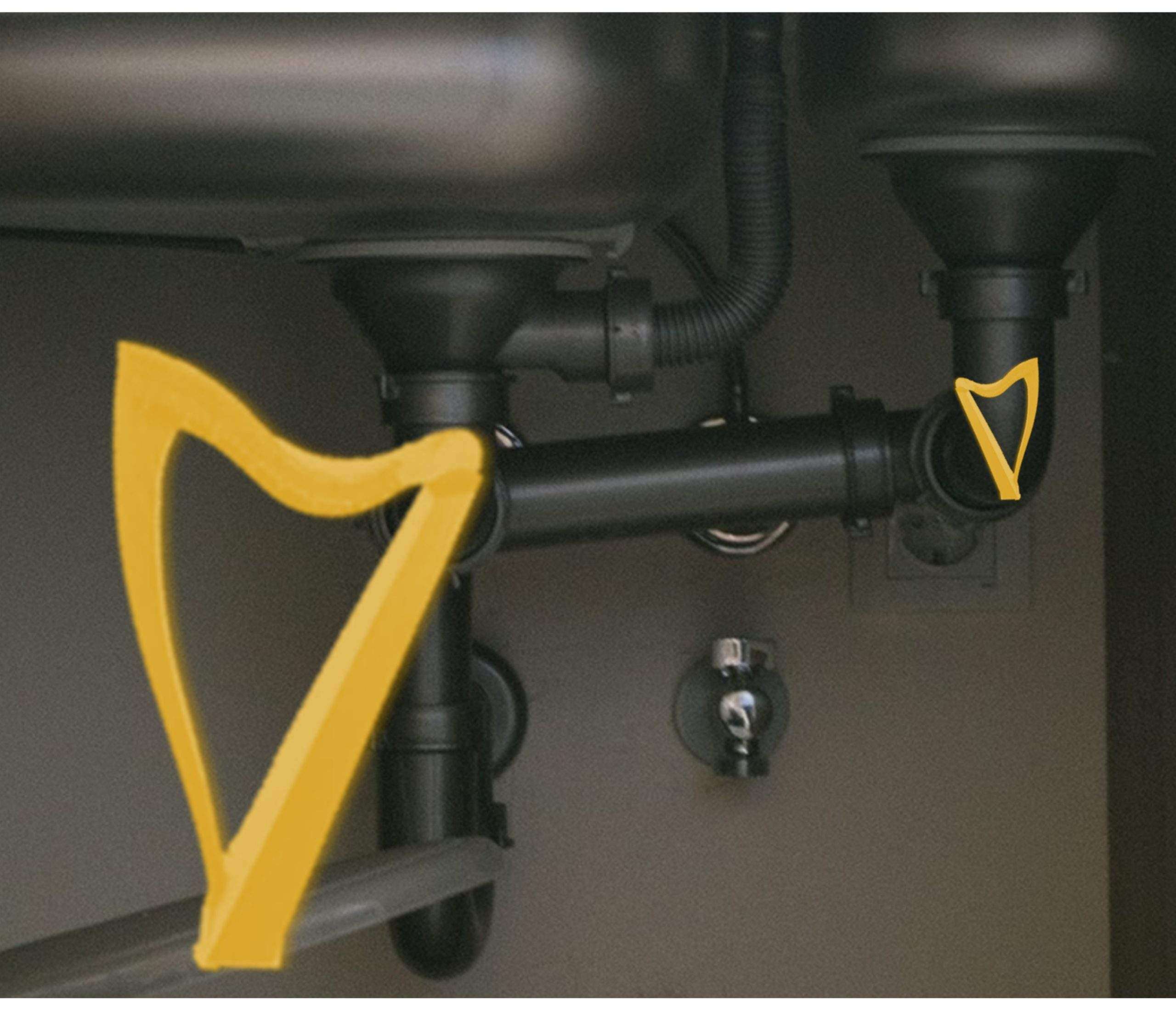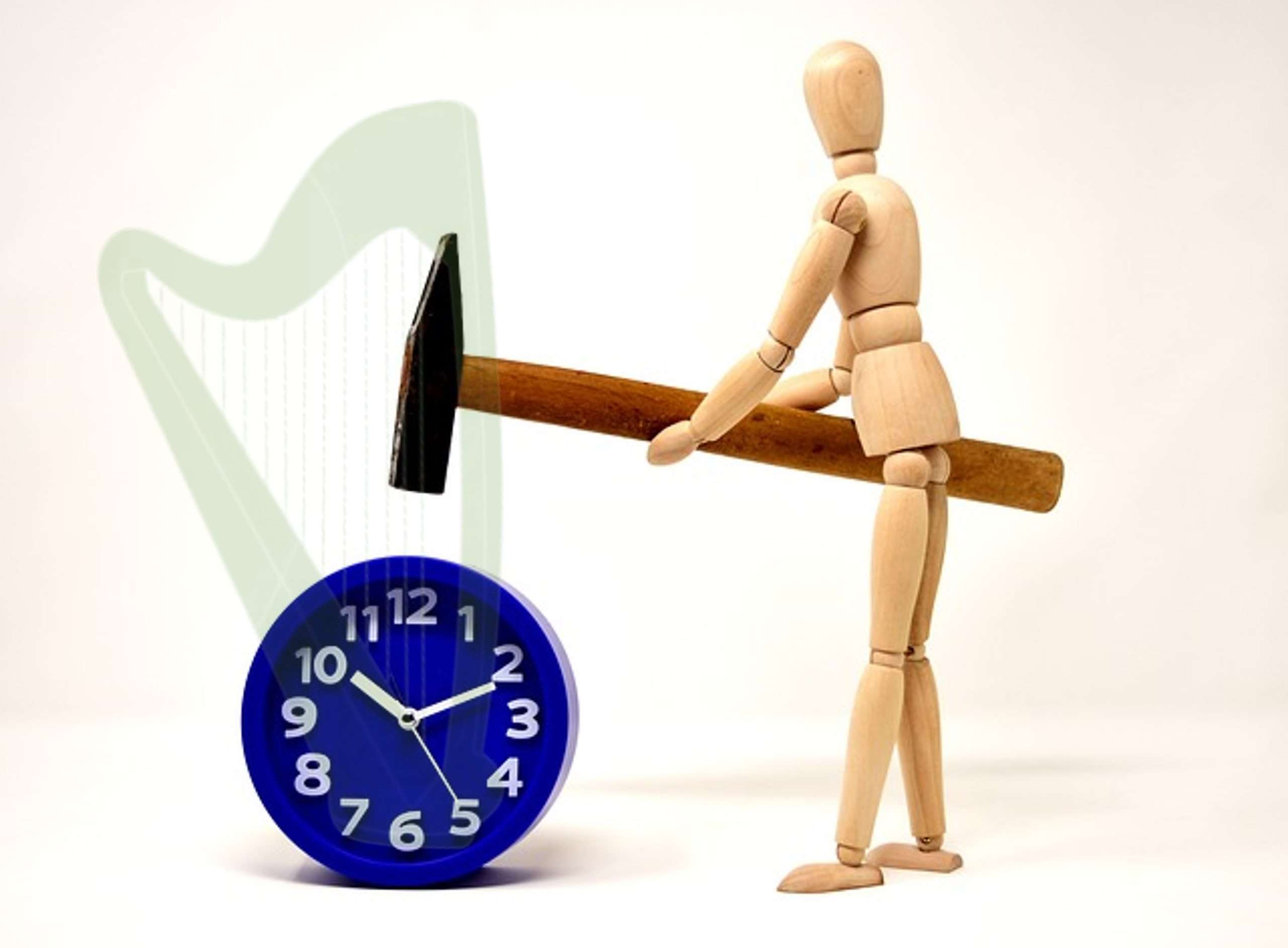Last week we talked about taking care of your skin. This week, we have a way to help keep them happy.
I have dry skin. Sahara like. 00 grit. And I live in a place that is having an early and very dry winter.
Sigh
While many people are good about staying ahead of these sorts of things, I am not. That means that I’m never able to just slather on moisturizing lotion. I need to exfoliate and enrich first – then my skin is more ready for the moisturizer.
Fortunately, I also suffer from a non-fatal condition called I-could-make-this-at-home-itis and severe parsimoniousness. You might have noticed that stuff to care for your skin is expensive (or inexpensive but not worth using) …and you run through it like water! What are we to do?
We’ll make it ourselves! We can feel virtuous, get something that works, and smells good! The good news is that it isn’t baking, so precision is unimportant – a little bit of this, a pinch of that, a dab of the other is the best way to go. We can use a variety of grit-y elements and some sooth-y elements and a splish of smell-y elements and bam – you have your own, bespoke hand scrub!
Use the table below to mix and match. Pick the elements you like (or already have on hand) and mix away.
| Grit | Emollient | Fragrance |
|---|---|---|
| Sugar | Vitamin E Oil | Lavender extract |
| Brown Sugar | Olive Oil or Almond | Lemon extract |
| Table Salt | Coconut Oil | Mint extract |
| Ground Almonds | Honey | Rose water |
Select one from column A, one from Column B and one from Column C.
Here’s the “Recipe”:
1/2 cup Sugar or Salt
1/8 cup Oil or Honey
5 – 10 drops Extract
Mix thoroughly in a small bowl. Modify as needed (to get the consistency you prefer). Transfer to closed container. Store 2 – 3 weeks.
To use the scrub, dampen your hands with warm water. Scoop the scrub out of the container and apply to your hands. Work it in. Don’t scrub too hard, you don’t want to hurt yourself. Gently for longer is better than vigorously for a shorter time! Use this as a time to give your hands a self massage – you’ll love that if you’ve been practicing a lot! When you’re done reveling in the feeling, rinse with warm (not hot) water. Pat dry. Apply moisturizer or other emollient.
Obviously, don’t use anything you’re allergic to or react to. Sugar is gentler than salt and ground almonds are the most intense. Nothing says you can’t switch between them…or mix them together. If you have never used a scrub, start with sugar (as the gentlest) and decide from there. Don’t use this more than two or three times a week. When you’re done scrubbing, use your favorite cream, gel, or lotion to lock In the moisturize-y goodness.
Don’t make a huge amount, it will only last for a couple of weeks and you only want to use it a couple of times a week so you don’t need a whole lot at any one time.
Important to remember – this is for your hardworking hands NOT your gentle and beautiful face!
Of course, you could take the easy way out and buy a scrub – but where’s the fun in that? While you’re making and using it, remember that it’s not rocket surgery. If you want it scrubbier, use less oil. If you want it softer, use more. Want it less fragrant, back off the smell agent. If you want unscented don’t put any in. It’s yours so make it the way you want!
When you go online (oh, come on, I know you’re going to!) you will also find recipes with dish soap. This is certainly do-able, but I find dish soap drying, so I avoid it. If you want to clean your hands before you scrub, you can certainly wash up first as step one and then slather on the scrub mix.
If you’re one of those people who is bad at setting aside “me time” this is for you because it’s self-coddling but also really quick. So while you can’t really do anything else while you’re scrubbing, it doesn’t take a long time to do – so you get a treat without that “I should be doing something else” guilt!
Give it a try and let me know what you think. Which scrub do you prefer? What’s your favorite scent? Let me know – in the comments!








